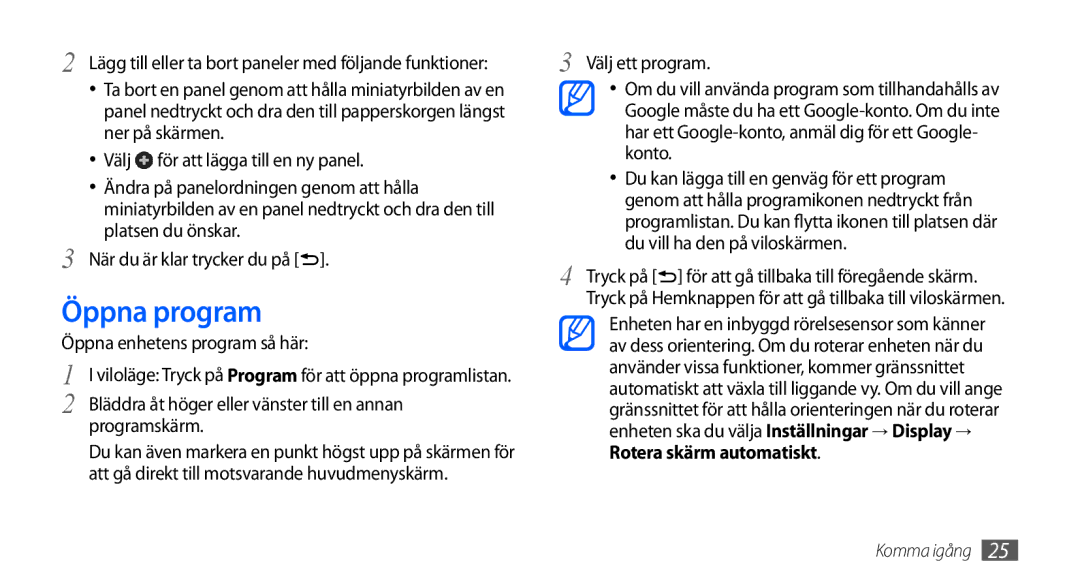GT-I9000HKDTDC, GT-I9000HKDODK, GT-I9000RWYNEE, GT-I9000HKDNEE, GT-I9000HKYTDC specifications
The Samsung GT-I9000 series, a groundbreaking line of smartphones, made significant waves in the mobile technology market upon its release. Each model in this series, including GT-I9000HKYNEE, GT-I9000HKDXEE, GT-I9000HKYTDC, GT-I9000HKDNEE, and GT-I9000RWYNEE, marked a notable evolution in Samsung's design and technological offerings.One of the standout features of these devices is their vibrant Super AMOLED display, which provides stunning color accuracy and deep contrasts. This screen technology not only enhances media consumption but also improves visibility under bright sunlight. Most models in the GT-I9000 series are equipped with a large, 4-inch display, which was impressive at the time of its launch, making it an appealing device for both entertainment and productivity.
Performance-wise, these smartphones are powered by an ARM Cortex-A8 processor, supported by 512 MB of RAM, which ensures smooth multitasking and efficient operation of applications. With storage options ranging from 8 GB to 16 GB, users have ample space for apps, music, and photos, with the possibility of expansion through microSD slots.
In terms of camera capabilities, the GT-I9000 series typically includes a 5-megapixel rear camera with an LED flash, enabling users to capture detailed photos and videos. Many models also feature a VGA front-facing camera, which was a rare find in smartphones of that era, facilitating video calls and self-portraits.
Connectivity options are robust, featuring 3G support, Wi-Fi, Bluetooth, and USB connectivity, offering users multiple ways to stay connected. The integration of GPS functionality allows for accurate navigation, which was increasingly important as smartphones became central to daily life.
Moreover, the GT-I9000 series runs on Android, initially launching with Android 2.1 Eclair, and was later upgradable, providing access to a variety of applications and features that enhance the user experience. The series also stood out for its design, boasting a sleek, modern aesthetic that appealed to a wide audience.
Overall, the Samsung GT-I9000 series encapsulated a pivotal moment in smartphone history, combining cutting-edge technology with user-friendly features, making it a beloved choice for many tech enthusiasts and casual users alike. Its legacy continues to influence modern smartphone design and performance characteristics.

